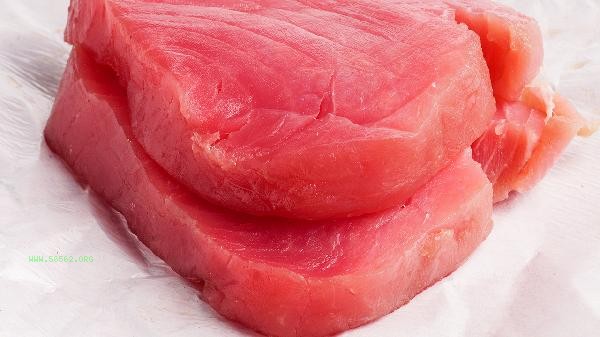The main methods to increase satiety and prevent weight gain include choosing high fiber foods, consuming high-quality protein, controlling eating speed reasonably, increasing water intake, and choosing low glycemic index foods.

1. High fiber foods:
Dietary fiber absorbs water and expands in the stomach, delaying gastric emptying rate. Oats, brown rice and other whole grains are rich in soluble fiber, which can form gel like substances to extend satiety; Non starch vegetables such as broccoli and spinach have a large volume and low calorie content, which can reduce hunger through physical filling. It is recommended to consume 25-30 grams of dietary fiber daily and gradually increase it to avoid gastrointestinal discomfort.
2. High quality protein:
protein has a food heat effect of up to 20-30%, which consumes a lot of energy for digestion. Lean meat proteins such as chicken breast and fish can promote the secretion of cholecystokinin and inhibit the appetite center; Whey protein in eggs and Greek yogurt can maintain blood sugar stability and reduce overeating impulses. It is recommended to pair 20-30 grams of protein with each meal, and dispersed intake is more effective than concentrated supplementation.
3. Slow eating:

It takes 15-20 minutes for the brain to receive signals of satiety, and chewing slowly can trigger a sense of satisfaction in advance. Using small utensils and chewing more than 20 times per bite can reduce eating speed; Drinking clear soup or eating a small amount of nuts before meals can activate the satiety reflex. Experiments have shown that slowing down eating speed can reduce calorie intake in a single meal by 10-15%.
4. Adequate drinking water:
Water molecules can temporarily expand the stomach volume and create a feeling of fullness. Drinking 1.5-2 liters of water per day can increase basal metabolism by 3%. 300ml of warm water before meals can reduce the amount of food consumed during regular meals; Cucumbers, tomatoes and other high moisture foods have low calorie characteristics. Pay attention to drinking in small quantities and avoid diluting gastric juice with large amounts of water at once.
5. Low glycemic index foods:
Low glycemic index foods such as beans, apples, etc. can smoothly release glucose, avoiding hunger caused by sudden increases and decreases in blood sugar. This type of food usually takes longer to digest, and pairing it with a small amount of healthy fats such as avocados can further prolong satiety. Replacing high GI staple foods with low GI versions can prolong satiety by 1-2 hours.

When implementing these methods, attention should be paid to overall calorie balance, as a single measure cannot offset excessive eating. It is recommended to start the day with a high protein breakfast, increase the proportion of vegetables to half of the plate for lunch, and choose easily digestible protein with mushrooms for dinner. During mealtime hunger, it is recommended to consume plain nuts or low-fat dairy products in moderation and avoid sugary snacks. Long term combined resistance training can increase muscle mass, and for every 1 kilogram increase in basal metabolic rate, muscles burn an additional 13 calories per day. Developing the habit of keeping a diet diary can help identify false hunger signals, and establishing a healthy sense of satiety requires a 4-6 week behavioral adaptation period.



Comments (0)
Leave a Comment
No comments yet
Be the first to share your thoughts!